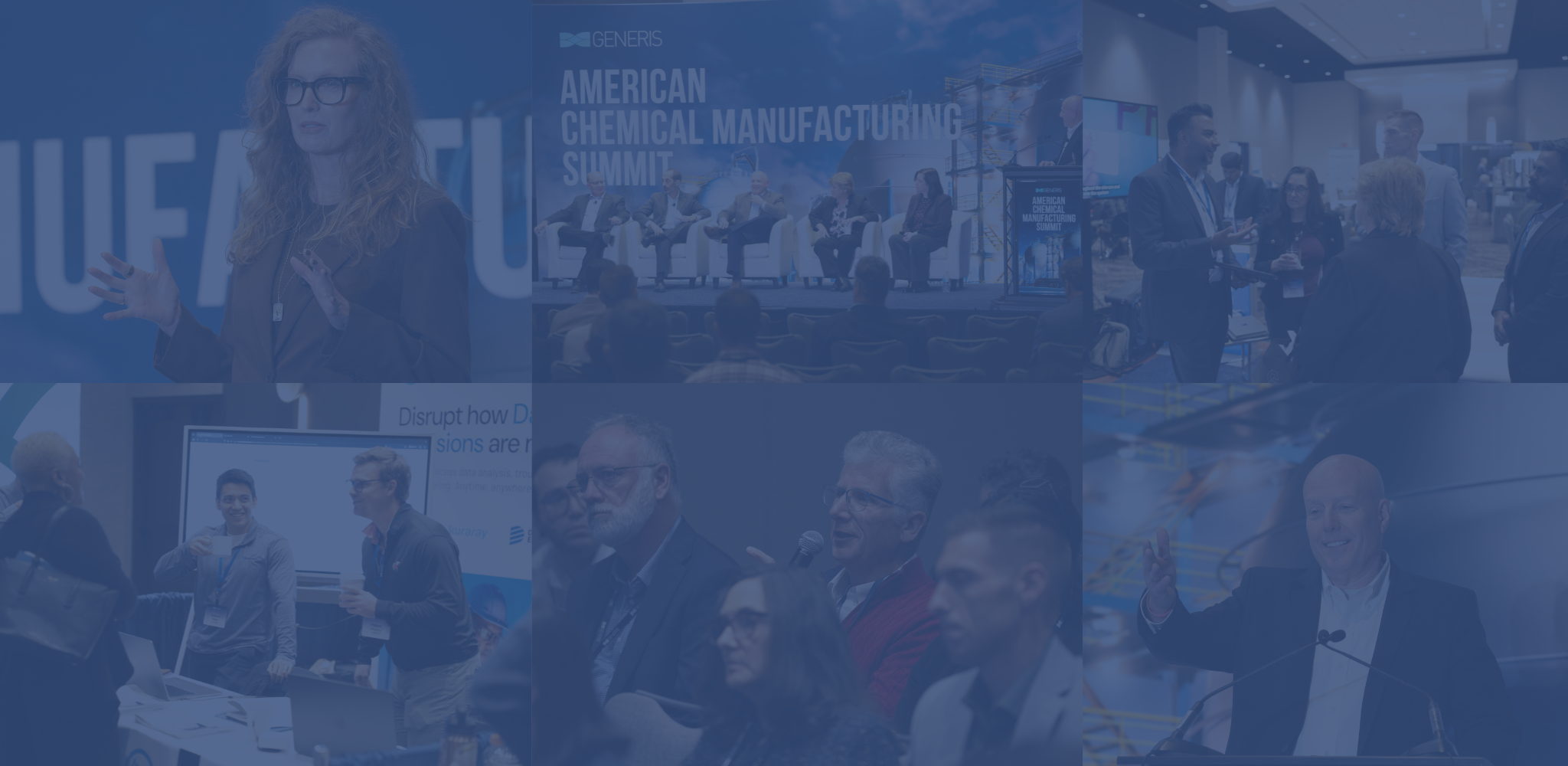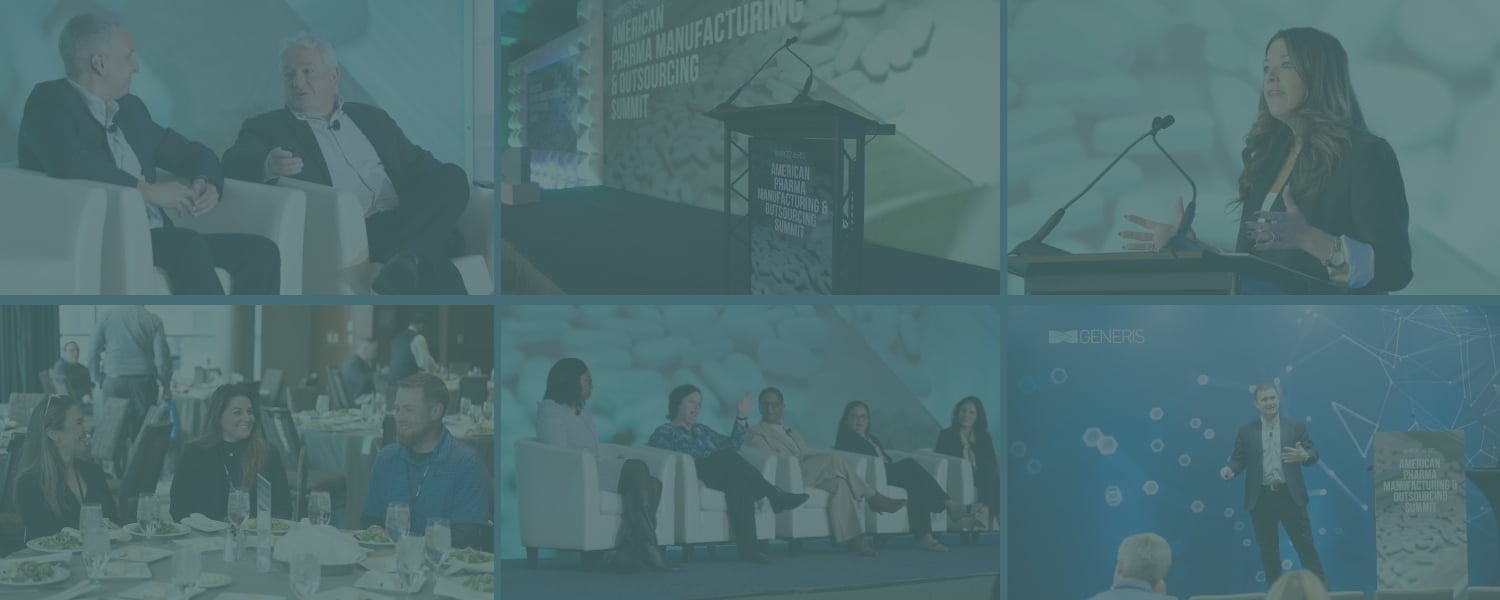 In this Speaker Spotlight, Dr. Ewen Northwood delves into the challenges faced by SMEs in medical device development, emphasizing innovation as crucial for seizing opportunities in a competitive field.
In this Speaker Spotlight, Dr. Ewen Northwood delves into the challenges faced by SMEs in medical device development, emphasizing innovation as crucial for seizing opportunities in a competitive field.
This article provides insight into Dr. Ewen Northwood's upcoming panel discussion, "Navigating Innovation and Challenges in Medical Device Development for SMEs," which will be featured at the European Medical Device Summit. Additionally, it delves into European regulations, the integration of patient perspectives into design, and the transition toward a patient-centric approach.
Dr. Ewen Northwood, a Chartered Engineer and recently appointed Fellow at the IMechE, commands an illustrious career spanning over two decades in medical device development. With a Ph.D. in Articular Cartilage replacement and currently serving as the Chief Research and Development Officer at Eakin Healthcare, Dr. Northwood plays a pivotal role in leading innovation strategy and steering transformative initiatives that shape the trajectory of healthcare solutions. His impressive career, marked by leadership roles in SMEs and multinational corporations, solidifies his standing as a preeminent thought leader in medical technology.
Small- to mid-sized medical device companies frequently encounter distinctive challenges in the course of product development. Could you provide specific examples of challenges that SMEs commonly face, along with strategies to overcome them?
Managing cash efficiently is critical for SME companies. The pressure is on for product development to be not only efficient but also to navigate the increasing depth and breadth of regulatory requirements. A key strategy involves ensuring that the product development team comprehensively understands the clinical rationale and associated risks. This understanding facilitates efficient yet safe risk assessments and justifications for meeting regulatory requirements, including clinical testing.
Innovation is vital for SMEs to thrive in a competitive landscape. How does innovation contribute to helping SMEs identify and capitalize on unique opportunities in the medical device industry?
Most SMEs originate from or are built upon novel and innovative ideas. Transforming these inventions into innovative products or offerings with a viable business case is crucial. Since SMEs lack substantial marketing budgets and sales teams, emphasizing the 'why' is essential – why their product is different, why it should be used, and why a distributor should partner with them. If the development team or SME cannot clearly articulate why their product is distinct, they may face an uphill struggle in the market.
Navigating the intricate landscape of European regulations poses challenges for SMEs, especially considering new regulations. How do SMEs overcome these regulatory challenges, and what implications do these regulations have on product development?
SMEs must deal with challenges such as the increasing demand for clinical data, burn rate concerns, and, in the majority of cases, limited access to regulatory expertise and notified bodies. The shortage of regulatory personnel and auditing delays present obvious issues. The implications of which can include potential hindrance to innovation, reduced choices for healthcare professionals, and, in some cases, delayed availability of life-saving products.
Effective regulation is crucial, but a streamlined system and resources for audits and reviews are equally essential for SMEs to bring quality products to market. SMEs can mitigate this by investing in good and practical regulatory advice early in the development process.
Patient perspectives are increasingly valued in prototype design. Could you share experiences or success stories where involving patients in the design process led to the development of more effective and user-friendly medical devices?
At Eakin Healthcare, understanding true patient needs is foundational. Employing principles like "jobs to be done" and ethnographic studies have proven invaluable in grasping how products are used in real-world environments. For instance, the ModaVi bag features a window, addressing the crucial need for patients to see their stoma during a range of critical activities while keeping their hands free. This seemingly small change addressed a real issue and resulted in very favorable user feedback and above-market growth.

The shift towards patient-centric approaches is said to be transforming the medical device industry. How have SMEs adapted their development strategies to embrace this patient-centric approach, and what benefits have they observed?
Firstly, I am not sure I agree with the statement that "The shift towards patient-centric approaches is transforming the medical device industry," as in my 20 years in medical device development, the patient has always been the center of what we have done. Nevertheless, it's crucial to acknowledge that the patient represents just one of several "customers" in the realm of medical devices.
Key stakeholders, including healthcare providers and procurement or purchasing departments, have gained escalating influence and veto power in the procurement of medical devices. This, I would argue, constitutes the most significant shift observed over the past 20 years.
Therefore, emphasizing efficient and effective development is crucial for SMEs. A core team with expertise in product management, development, regulatory affairs, quality assurance, project management, and industrialization, working collaboratively with clear goals and effective communication, is a significant advantage. SMEs need to understand clinical environments and user cases in detail, embrace a fail-fast mentality, and create solutions that genuinely address patient or healthcare provider needs.
Involving patients in the design process can be logistically challenging. What methodologies or practices do you recommend for SMEs to effectively integrate patient perspectives into their prototype development process?
As mentioned earlier, the recommendation is straightforward: engage in conversations with your patients, users, and procurement personnel. It never ceases to surprise me how many development professionals have never communicated with or immersed themselves in the community to observe how their products are utilized.
Conducting this process in a structured and controlled manner, with clear record-keeping and reviews, enables the broader team to process, challenge, and brainstorm individual observations against the team and company's overall perspective. For small and medium-sized enterprises (SMEs), this practice becomes even more crucial as it can prevent potentially costly mistakes.
For instance, discovering that your packaging, which looks impressive in brochures and storerooms, is too wide to fit on the small trolley used in the operating room and, therefore, will never be utilized. Another example that comes to mind is the criticality of understanding real-world care time points. For example, a dressing that needs changing every two days versus three days will face a more challenging sell, as lasting three days means it lasts over the weekend.
It's these seemingly small pieces of information that consolidate into critical and essential requirements, ensuring your product becomes the preferred choice.
"SMEs need to understand clinical environments and user cases in detail, embrace a fail-fast mentality, and create solutions that genuinely address patient or healthcare provider needs."
Collaboration between SMEs and larger organizations can be mutually beneficial. How can SMEs explore collaboration opportunities with larger industry players to leverage resources and expertise in medical device development?
The first thing I would say to any SME when dealing with a larger organization is SMEs should recognize their worth, especially in technology and commercial areas. However, one mistake SMEs tend to make is they only look forward toward disruptors, sales partnerships, etc.
These are important, but equally important is to look at the supply chain and your critical suppliers, including Tier 1 and Tier 2. These strategic partners could not only reduce costs but also open avenues for R&D collaboration, access to new markets, and potential exit strategies.
Achieving rapid innovation often relies on securing adequate funding, a critical aspect for Small and Medium-sized Enterprises (SMEs). What strategies or funding sources would you recommend for SMEs seeking essential resources for innovative medical device development?
Cash is particularly vital for SMEs, putting consistent pressure on managing burn rates and the bottom line. In the initial stages, SMEs are generally hesitant to part with equity. Therefore, exploring grants becomes imperative. If not already in place, establishing partnerships with academic institutions or suppliers is a viable option. This not only provides access to a broader spectrum of equipment and expertise, which might be expensive or challenging to find independently, but in my experience, also opens doors to an increasing range of non-dilutive grants and funding opportunities.
It is also prudent to consider Europe or the US as a potential funding source. Horizon is an obvious choice, but cultivating connections with academic institutions or SMEs in Europe can broaden access and increase the chances of accessing alternative funding sources. I have found that such collaborations enhance the potential for securing diverse funding and are very useful for furthering development and commercialization.

Quality and safety are paramount in the development of medical devices. How do SMEs ensure that they maintain the highest standards of quality and safety, especially when faced with limited resources?
Firstly, I want to emphasize my belief in Design Control and the design principles outlined in standards like ISO13485 or CFR 8.20. The delivery of any complex, high-risk device, whether it's a commercial aircraft, car, or medical device, becomes safer and more efficient when every small team within an SME comprehends and is fully committed to design control. As mentioned earlier, one of the crucial steps for the team is to ensure a comprehensive understanding of clinical and user needs, thereby identifying the risks that need mitigation.
Secondly, establishing an integrated and transparent team culture, where Quality Assurance (QA) or Regulatory Affairs (RA) is as invested in the successful and timely product launch as Research and Development (R&D) and Commercial departments, is essential for efficient delivery. A key tool I utilize is ensuring that quality is genuinely comprehended throughout the organization. Quality is not merely about forms and paperwork; it is fundamental to SME success. Beyond legal and moral obligations to introduce a high-quality product to the market, it is also pivotal for commercial success.
Lastly, meeting the quality and safety requirements of a medical device revolves around understanding and managing risks. The use of medical devices inherently involves some level of risk, which cannot be reduced to zero. Whether it's applying a plaster for a paper cut or dealing with a Class III heart valve, the risk of using the medical device is evaluated in each scenario.
The SME's responsibility is to demonstrate that the risk is acceptable. To achieve this, the development team must comprehend both the risks and user applications, enabling them to develop and test the product in the most effective and efficient way and optimize their limited resources.
Looking ahead, what trends or innovations do you anticipate will shape the landscape of medical device development for SMEs, and how should SMEs prepare to capitalize on these opportunities and navigate potential challenges?
There are three trends or Innovations I would say any SME in medical devices should consider and make sure they are aware of.
The first is sustainability; although still not clearly defined, over the next 10 to 15 years, the importance of sustainability, the circular economy, and the reduced use of oil-based plastics will be both a huge opportunity but also a barrier to entry for small SMEs that must consider it as customers and regulatory bodies increase sustainable requirements.
Secondly, is the merging of medical devices and consumer electronics via the Internet of Things. The integration of smart technology and what we wear every day will continue to be an exciting area, along with the ability to process and analyze larger and larger datasets through AI to provide increasingly personalized information about your medical device, the use of data to enhance and improve healthcare outcomes will be a real growth area. However, producing reliable and consistent revenue around this will continue to be one of the major challenges for SMEs.
Finally, connected to the first two points is the need to understand and be able to provide a clear rationale regarding the health and economic benefits of your device. Long gone are the days when a small clinical benefit would be enough for commercial success. Over the next 10 years, any company, large or small, will be required to add cost, be that via more expensive materials, added features, or increased regulatory requirements, and therefore the need to evaluate the health economic argument early on internally and then be able to justify this to payment bodies is going to be key to the success of any SME in the mid to long term if it is not already.
We want to express our gratitude to Dr. Ewen Northwood for his insightful contributions to this blog post. His expertise and perspectives have greatly enhanced our discussion at the European Medical Device Summit and provided our readers with valuable insights. We appreciate Dr. Northwood's collaboration and look forward to future opportunities to work together.
%20(1).png?width=773&height=112&name=Generis%20Logo%20full%20Colour%20(Large)%20(1).png)



